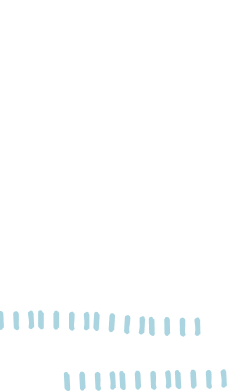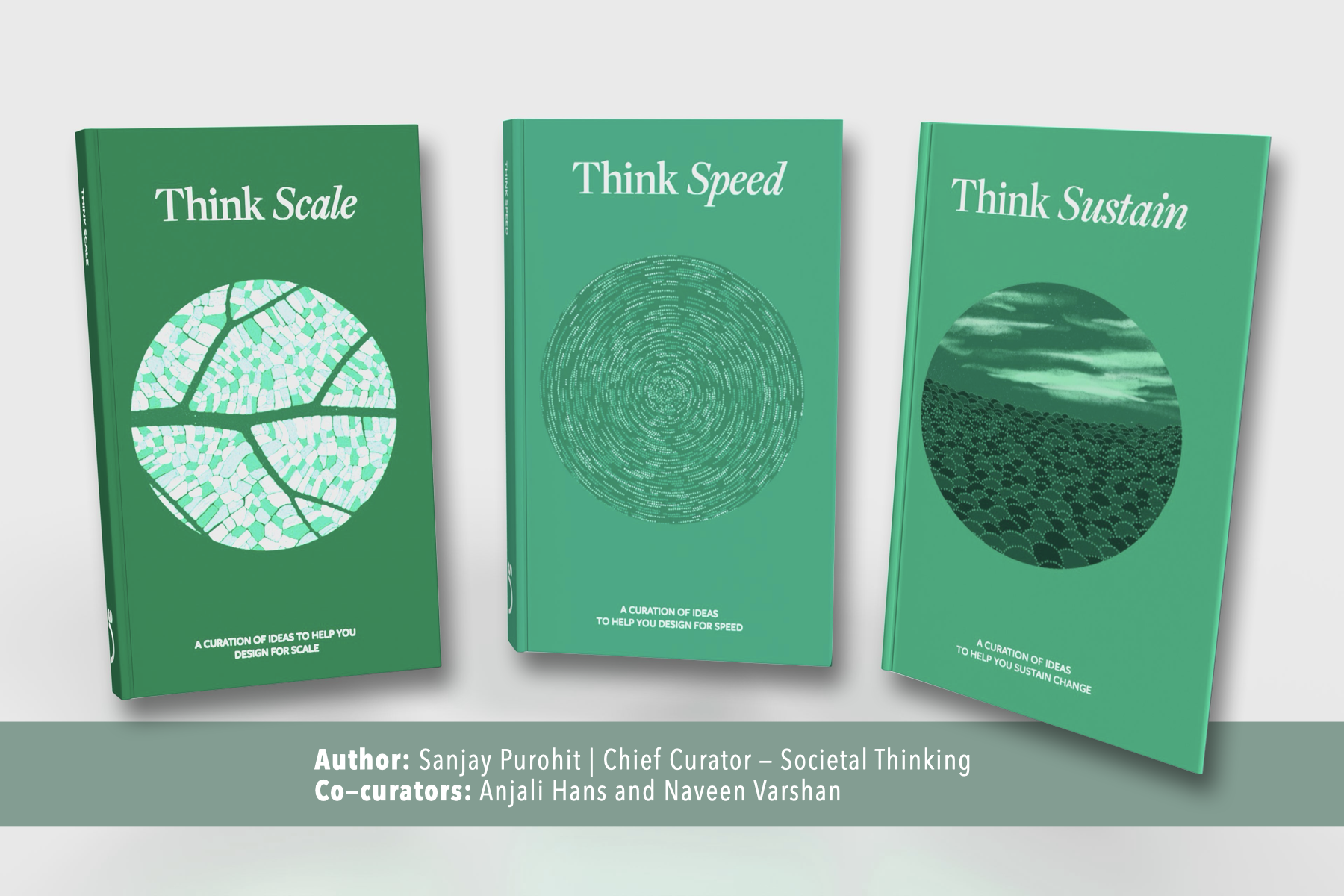Samaaj is like a patchwork quilt, says Rohini Nilekani, in her book Samaaj Sarkaar Bazaar. Now if I were to stretch it beyond samaaj and think how samaaj works with sarkaar, I would describe it as panels of folk art, with white stick figures bringing to life the simple joys of living, on walls painted red from floor to ceiling…

My description is inspired by what I saw and experienced at the District Institute of Educational Training (DIET), Tumkur, I visited with Edumentum Fellows from Mantra4Change in June.
DIET is an apex body to ensure the quality of both pre-service and in-service teacher development processes. The DIET office I visited is emerging as a successful private-public partnership initiative in education. It works with a consortium of NGOs comprising Mantra4Change, Caring with Colour, and India Literacy Project to support the education needs of the Tumkur and Madhugiri education districts.
“We started working together two years ago, around July 2021, soon after the second wave of COVID. The schools were still shut resulting in massive learning losses, and everyone in the education department and us in the NGOs were trying hard to ensure continuity of education for children in all possible ways. It’s very rare that we come together, but those were unpredictable times, and it gave the much-needed push to both of us – the department and the NGOs – to step out of our silos and collaborate with each other,” said Rafi MT, programme manager at Mantra4Change.
During the pandemic, this collaborative effort resulted in the highly successful rollout of the ‘Learning Space at Home’ initiative (Mane Mane Alli, Othuva Vaathavarana in Kannada) It encouraged students’ families to dedicate a corner at home for their child’s learning activities. Some of them had no access to literacy or other education opportunities before, but they still responded positively and got involved. 1,050 schools implemented 6,761 parent-teacher meetings, reaching 35,306 parents and enabling them to set up 22,397 learning spaces at home. It continues to this day.
It also led to the emergence of the District Education Transformation Program (DETP) to help bring a deep and sustainable improvement in the quality of education in the Tumkur and Madhugiri Government School Systems. Today, it comprises 16 capacity development initiatives, including teacher training, leadership skills, monitoring and supervision, subject-based development, career guidance, research and evaluation, data analysis, resource mobilisation and more. While the Zilla Panchayat and DIET are spearheading the direction of progress, NGOs act as knowledge partners and support the entire process.
I also interacted with the NGOs and DIET officials to understand how the collaboration works. Some key takeaways for me were:
- The issue of education needs immediate attention and a longer-term strategy to bring a deep and sustainable improvement in the quality of teaching and learning
- Bringing educational change is a challenge and needs continuous and sustained interventions. It is not as easy as conducting one-time training or events.
- The issues at the ground level are interconnected and interwoven, therefore solutions have to enable interactions across all levels in the teaching and learning system
- The consortium allows funders and implementing agencies to solve part of the puzzle in consultation with others and create an environment to bring in expertise and perspectives from different angles.
- The collaboration purposefully did not involve any financial transactions with the department, thus building trust and transparency.

While leaving, I stopped by the ‘co-creation cell’ – a working space DIET had provided for the consortium to function within the premises. This cell had a pride of place right at the entrance of the building. Rafi told me, “The rationale behind creating this space is to make both DIET and NGOs feel they are equal. It is a safe space where we debate to reach our common objectives.”
It was interesting to see how the spirit of collaboration permeated down to even the spaces they occupied, brimming with camaraderie and a strong sense of trust among the diverse group. As the pandemic slowly fades into the background, I have no doubt that this collaboration energy will lead to ideas and action that will transform education for everyone.
 Back
Back


